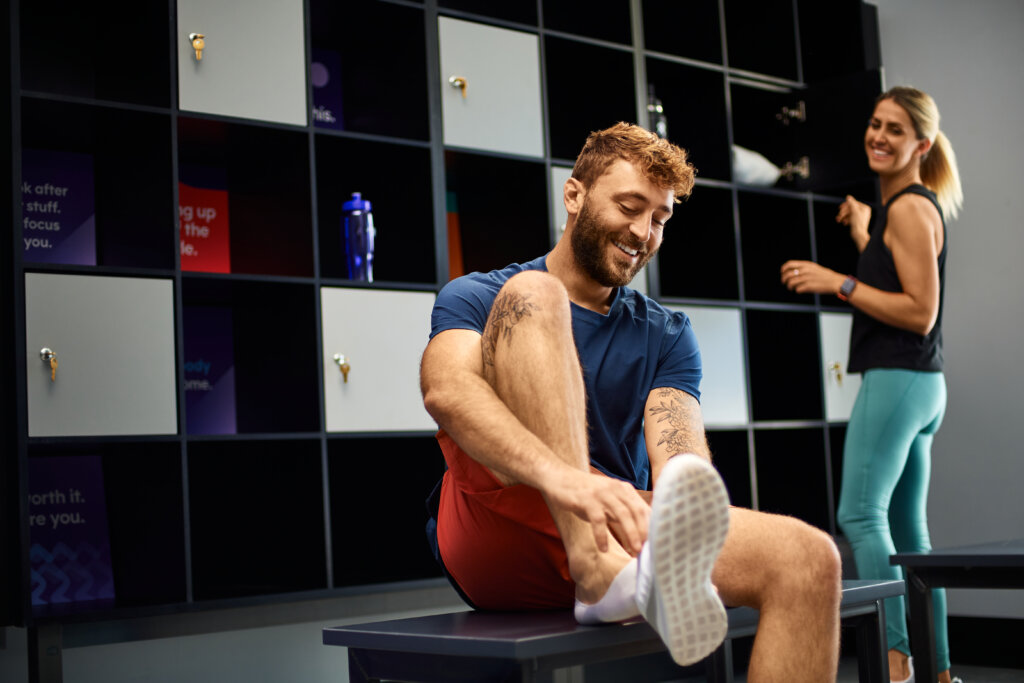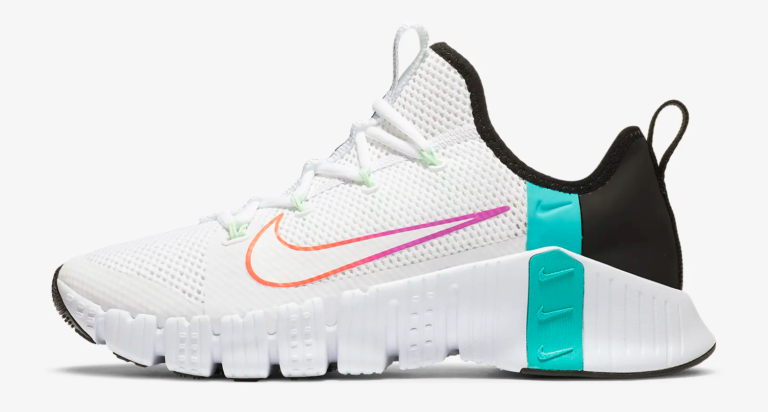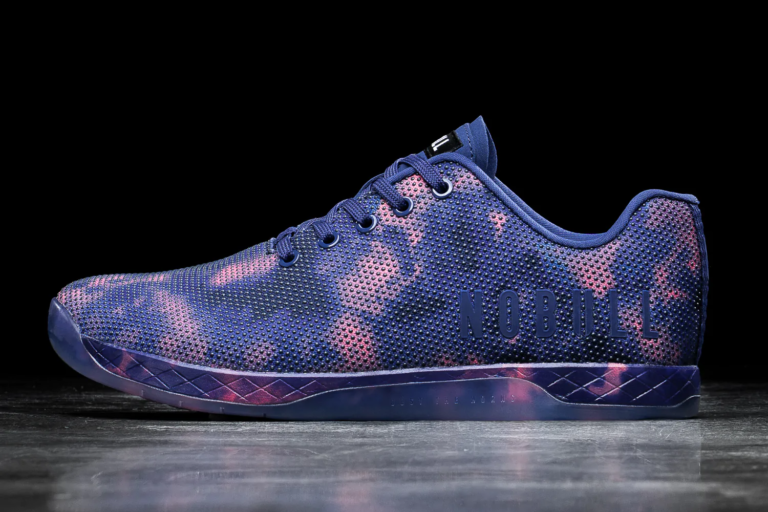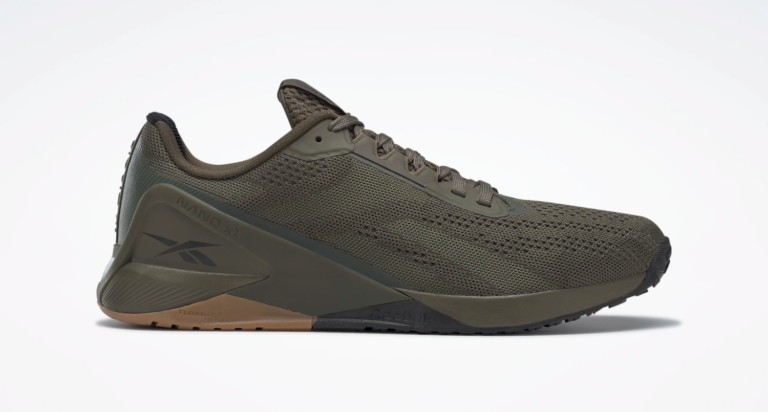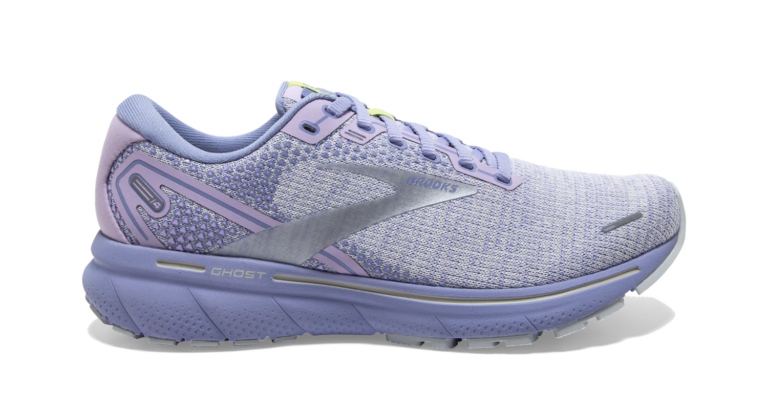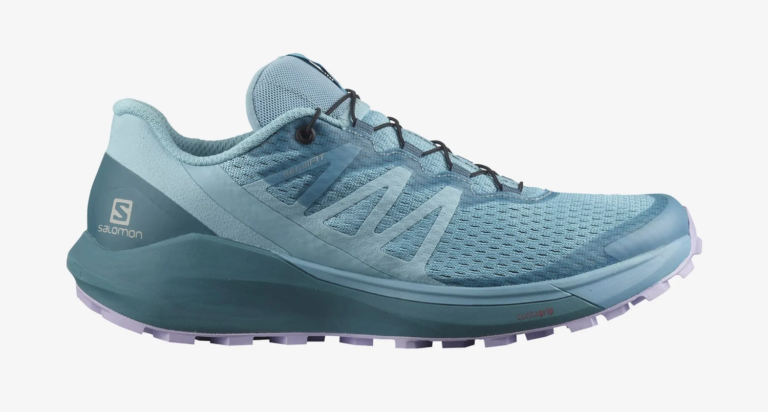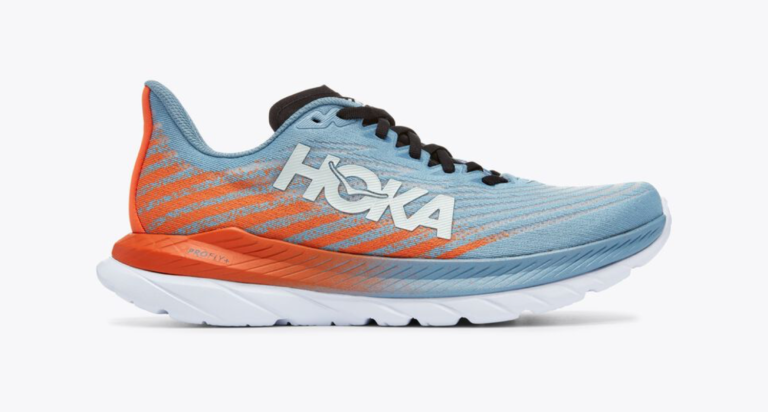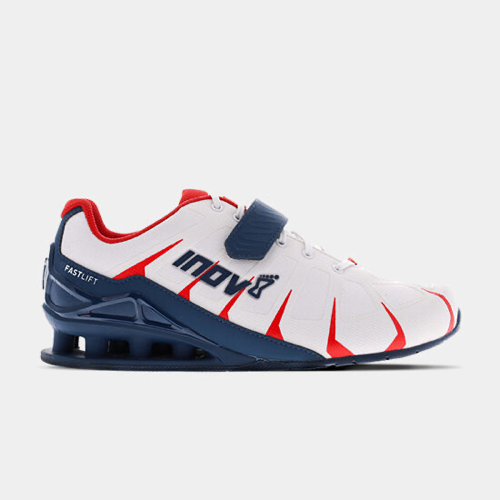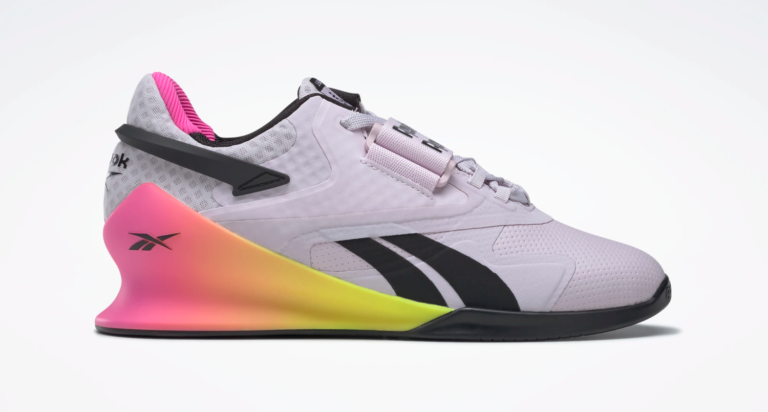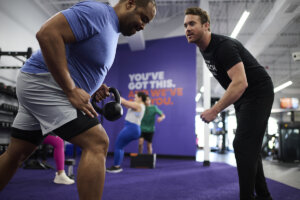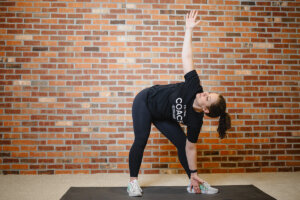In the fitness world, your comfort, support, and success start from the ground up – or should we say soles up! Whether you’re new to working out (welcome!), or you’ve been at it for years (whoop whoop!), now is a great time to evaluate the most crucial part of your fitness wardrobe: Your shoes. If you’re shopping online, we know it can be tempting to gravitate towards the most stylish pair of kicks, add to cart, and ship… but give those trigger fingers a rest. In order to select the right shoe, you’ve got to consider your fitness goals, habits and style. Don’t sweat it, we’re here to help get you a few steps closer to your Cinderella moment. No fairy godmother needed!
When it comes to fitness footwear, we recommend shopping for a shoe as you would shop for a car. Whether you’re shopping for a new pair of sneaks or a new set of wheels, you got options! Before you sort through the many different brands, models, styles, and fits, ask yourself – what type of activity will I be doing in my shoes most often? Like most things in the health and fitness world, there is no one-size-fits-all approach; how you feel – and in this case, how it fits – is the most important thing to consider. With so many options and considerations, it can be easy to get overwhelmed so let’s take a few steps back and break things down.
Step One: Consider Your Activity of Choice
First off, let’s narrow the range of options by answering this simple question: What activity do you plan on using your shoes for most? While there are a litany of choices for athletic shoes, aka the reason you’re here in the first place, we’re going to focus on the three most popular categories: Cross-training, running, and weightlifting. Let’s take a closer look at what each style has to offer.
Cross-training shoes
Cross-training shoes are the most versatile – if you consider yourself a generalist in the gym, meaning you like to do a little bit of everything, we recommend you start with a cross-trainer. These shoes will allow you to naturally move your foot and ankle when doing exercises such as lunges, planks, or burpees. Cross-training shoes provide support, lend more traction, and help your foot bend naturally. If you venture onto the cardio machines or into the weight room, you can also wear cross-trainers, but if you specialize in those activities, there are more tailored shoes for you.
Coach Heather’s Picks
This shoe gives stability without the bulk. It’s a hybrid between the Nike Free which is a running shoe and the Nike Metcon which is a true cross-trainer.
These shoes are very durable and provide superior support for side-to-side movements. They also come in a huge range of colors as well as in a high-top style.
The best thing about this shoe is the combination punch it packs – both breathability (think: lightweight) PLUS durability. This shoe is ideal for anyone looking to do side-to-side motions, since it has lateral motion support built in.
Running shoes
Running shoes are made specifically for–you guessed it– running. Running shoes are also great for walking and jogging because they’re designed to support your body while propelling in a forward motion. So if your go-to activity or workout centers around racking up the steps, we recommend a running shoe. Some running shoes are very stable to help support your arch and ankle, while others are so light they feel like you’re walking on air. It all depends on what your preferences are and in what style you feel most comfortable.
Coach Heather’s Picks
This shoe has plenty of cushion, making for a smooth run. Ideal for roads and other smooth surfaces.
These are ideal for runs where you might veer off the road and onto a trail or other terrain. Designed to keep your foot protected and clean from the elements, this shoe is perfect for going outside.
This shoe is built for speed. The springy sole gives an extra pep to each step making this one a great choice if you’re looking to improve your pace.
Weightlifting shoes
Weightlifting shoes are built to hold you up in your never-ending pursuit for more gains. No joke, the right fit can feel like a real weight lifted off your chest. These kicks have flat bottoms, often with a slight incline beneath the heel and fancy lacing mechanisms that lock in place for extra support. If you’re working hard on becoming a lifting pro and spend time working on squats and deadlifts, it might be worth picking up a pair of weightlifting shoes to complement your usual gym shoes and provide elite support. One of the most unique design characteristics of a weightlifting shoe is the rigid sole which protects your foot from getting crushed while lifting heavy. But for this same reason, weightlifting shoes are not the best fit for movements that require more mobility, such as lunging or running.
Coach Heather’s Picks
These shoes have a sturdy lifted heel and superior grip on the floor.
This shoe provides a ton of support to your foot and ankle with the lifted heel, and the flexible upper part of the shoe allows you some flexibility at the same time.
Alrighty, we’re walking our way down the runway. We’ve narrowed the list down to what TYPE of shoe, now let’s focus on finding that perfect FIT. Like cars have different models, shoes have different models, too! Finding the right brand and type really comes down to trying on a variety of options. We recommend trying on three pairs, so you have few options but are not overwhelmed. Also, some brands of shoes skew more friendly towards either thinner or wider feet, so be sure to take that into account, too. They say you need to walk a mile in another person’s shoes but when it comes to shopping, a quick jog around the store will do. And if you’re still scratching your head, you’re in good company – one study found that almost three out of four participants were wearing shoes that were not the right fit for the dimensions of their feet! How can you make sure to get the right size? The amount of space between the tip of your toes and the inside of the shoe should be about the size of your fingertip.
If the Shoe Fits: Tips on Testing
Whether you’re shopping in-store or online, make sure you give yourself 2-3 pairs to try on. Some stores will offer a consultation on what shoe is best for your gait (in other words, the way you personally walk and/or strut, prance, skip etc.) and many online retailers have free returns.
What to look for in a cross-trainer:
You’ll want to find a shoe that fits snugly around the ankle but not too tight in the toes. Your foot needs to be able to move in the toebox of the shoe so that your toes can do their job and help stabilize your body. If your toes are too crowded, you’ll feel more wobbly than you actually are. Just make sure the shoe doesn’t make you feel too blocky, either – something you can feel when trying them on. Try some lateral movements where you move side to side to make sure you have enough support.
What to look for in a running shoe:
Finding the right shoe for your run can help you have the best experience during your workout as well as alleviate soreness afterward as well as help prevent injuries. Running shoes generally fall into two categories: stability or neutral. Which one is best for you? To find out, you need to take the way you walk into consideration. If you’re on your own while trying on shoes, walk toward a mirror and watch your feet and ankles. Watch for either pronation (when your foot lands, it rolls inward) or supination (when your foot lands, it rolls outward). To whichever “-nation” your foot allegiance tilts– let’s get back to center! Some things to consider:
- If your foot rolls inward, look for a shoe with more stability to help your foot land more flat. A shoe with arch support toward the inside of the foot will help correct that inward roll.
- If your foot rolls outward or lands flat, look for a neutral shoe.
Make sure you get the right size. The amount of space between the tip of your toes and the inside of the shoe should be about the size of your fingertip. Also, if you’re in-store, ask a salesperson if the shoes you’re considering will stretch out over time.
Ready to run? Check out this Best Warm-Up for Runners!
What to look for in a weightlifting shoe:
This is likely going to be a supplemental pair of shoes that you’ll use exclusively for weightlifting, especially squats, but these shoes are amazing for deadlifts and hip thrusts, too! Focus on how stable your foot feels in the shoe. Go ahead and bust out a few squats while trying them on!
Look for a fit where it feels like you stepped into wet concrete and then it hardened around your foot and ankle – yes, that stable! The fit and feel of these shoes while you are walking is less important, since you’ll be wearing your other “daily driver” shoes for that – focus on how you feel at the base of your squat. If you have the right pair, you’ll feel incredibly supported throughout your ankle and your squat will feel like butta’!
New to lifting? Check out Deadlifting 101.
How long should my shoes last?
- Cross-training shoes: Similar to running shoes, it’s essential to monitor these for how they wear down with use. If you need a hug, ask a Coach. But if your foot begins to feel less “hugged” when you move side to side, it’s time to find a new pair (and go as a coach for a hug! We got you!). Another tip off is if your foot starts to spill over the sole when you step, that means the supportive framework of the shoe is wearing down. Time for a fresh pair!
- Running shoes: You’ll want to keep an eye on the bottom of your shoes to monitor the wear of the tread. It’s a good idea to avoid letting your car’s tires run bald; the same applies to your shoes. New tires will always outrank a fresh paint job. The more you wear them, the faster they will wear down, especially with outdoor use. But don’t worry, that’s what they’re meant for! If you run every week or more, we recommend refreshing those kicks every 4-6 months.
- Weightlifting shoes: These can generally be considered a long-term investment. A quality pair of weightlifting shoes is like a good suitcase or a cast-iron pan–it will see you through thick and thin! If the ones you chose last less than a few years, try a new brand (we love these!) next time to try and get more life out of your new pair.
You can extend the life of any type of shoe by keeping them dry and only wearing them for working out. Water will wear down the material in the sole. Bonus: you’ll also keep AF staff at your gym happy by keeping your shoes nice and clean!
There you have it! If you have any more questions or need tips where to shop, ask your local Anytime Fitness Coach. Taking the time to find the right shoe will be worth it because you are worth it! Let’s just say, you’ve got big shoes to fill. And that’s Real AF!
